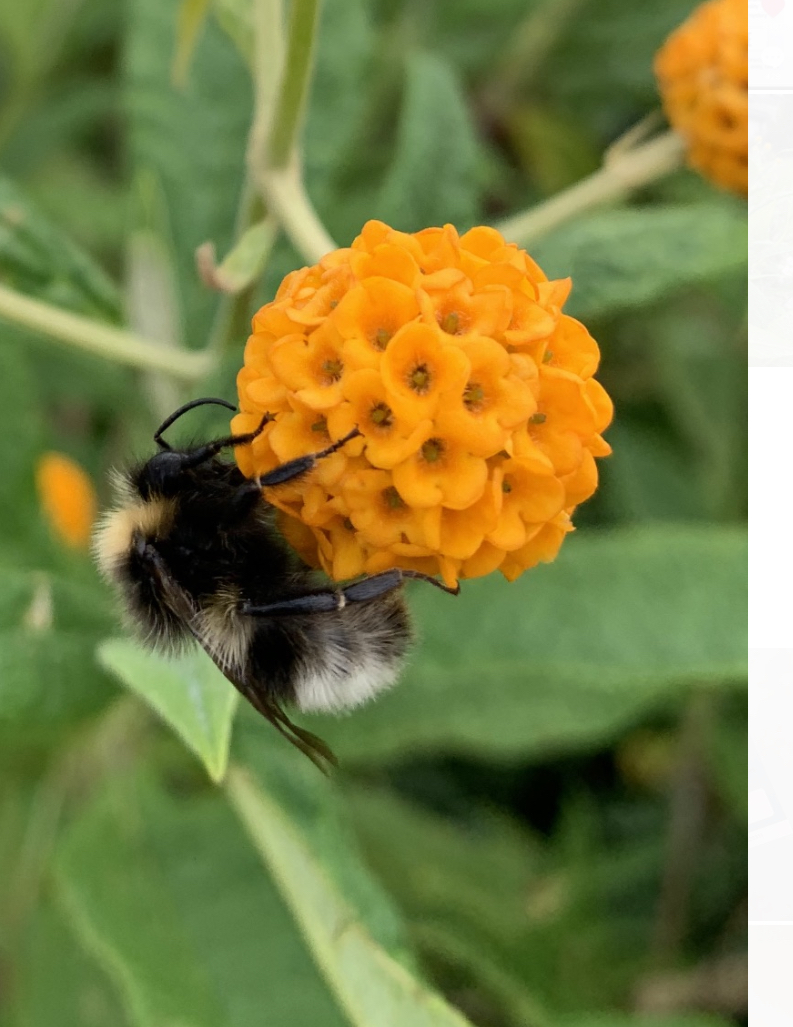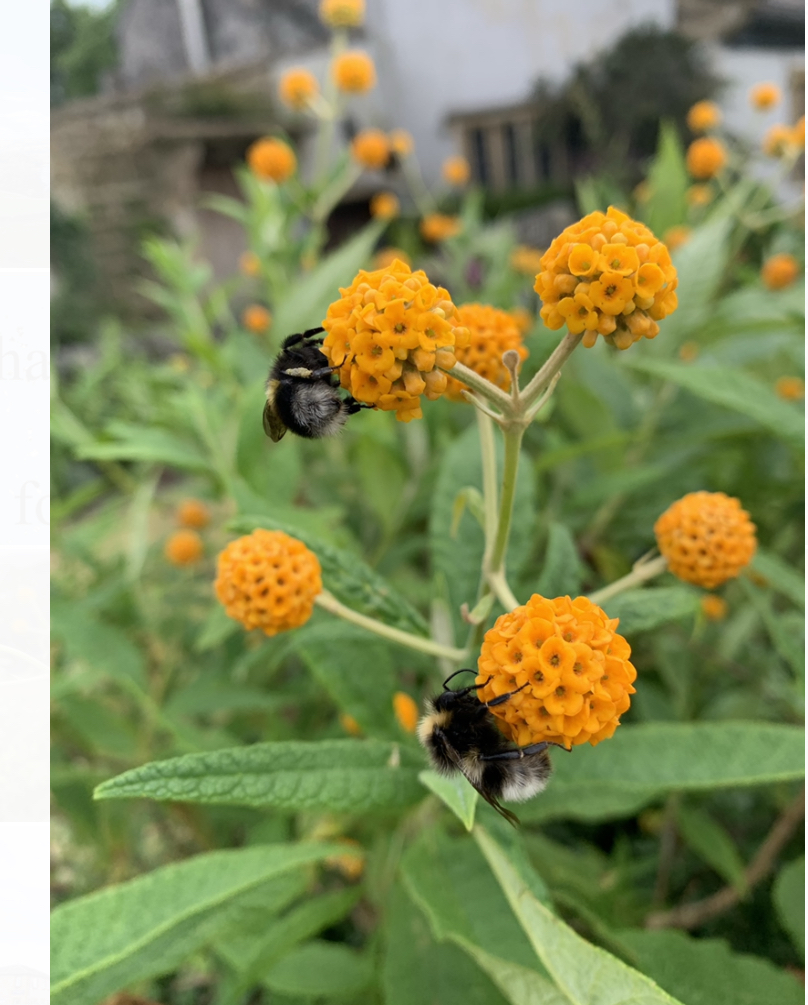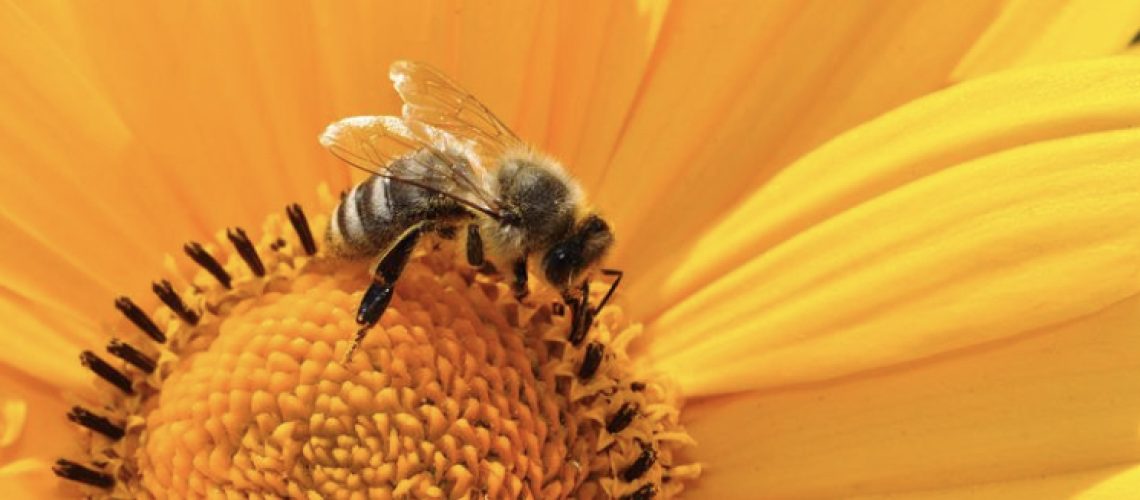What’s all the buzz about bees?
We all know and love our bees, but what do we do if they have decided to nest near our homes? And why is it so important to save them?
Why are bees so important?
Bees pollinate 1/3 of the world’s crops, and can be found on all continents apart from Antarctica. This means that mankind’s future depends on bees and if they go extinct, we will soon follow.
Over centuries, bees have evolved to become the most efficient species to pollinate. Flowers have developed to have sweeter nectars and longer necks, and bees have developed longer tongues and tenacious bodies to help extract the nectar they need. So, as bees visit flowers for food, the pollen sticks to their bodies and is transferred to each plant, resulting in fertilisation. Once returning to the hive, they continuously circle back to the flowers and plants, repeating the process making them the most effective pollinators on the planet.
 Knowing the difference between wasps and bees
Knowing the difference between wasps and bees
At first glance, wasps and bees can appear similar- however, their natures are vastly different.
Bumblebees and honeybees are generally black with yellow on them. They are sociable creatures, with hives of up to 200 workers hibernating underground during the winter seasons. One queen is responsible for reproduction, laying up to 1,500 eggs per day. The rest are worker bees, responsible for the collection of nectar and maintenance of the hive. As a result of this, bees tend to be more friendly in nature as they rely on cooperation to keep their hives thriving.
On the other hand, wasps are generally yellow in colour with black stripes, living in much larger colonies of up to 10,000 workers. They tend to nest in warmer places and can be found nearer to the house. Like bees, wasps also pollinate but are less efficient as that isn’t their primary job. Their predatory nature makes them more aggressive than bees, and when a wasp stings someone or is killed, the smell of its venom can cause other wasps to attack.
If you suspect that you have a beehive/wasp nest near your home these are some easy ways to find them.
- Look both inside and outside of your home – wasps are a lot more likely to be living inside your home.
- Follow a bee to see where it lands – it may just be pollinating, but it could lead you to its hive.
- Look under structures that have a ledge such as a bench, porch, or garden wall – nests/hives are more likely to be under there.
- Look for holes in trees, or other hollow areas surrounding your home
- Look in outside sheds or huts in your garden.
Once you have located the nest, a specialist is needed to take it down. Do not try and take it down on your own, as bees and wasps can feel easily threatened and will be much more likely to sting you. Here at Bradwell Maintenance we have an expert team in dealing with wasp and bee removal and can advise you on what the best steps to take are.
However, wasp and bee removals differ greatly; it is crucial that beehives do not get damaged, as they are incredibly important to the world’s ecosystem.
How we can help – Manchester Bee Removal
For a wasps nest, our expert bee and wasp removal team will advise the residents of the affected property to remain inside, to reduce the risk of any stinging. As disruption to the nest makes wasps extremely aggressive, it will be best to exterminate the wasps at the location. Our Manchester bee and wasp removal team have expert equipment that will help get rid of the nest. Once the extermination process has been completed, our team will make sure there are no neighbouring nests and clean up any debris left over.

For a beehive, a different process is required. Legally, beehives are not allowed to be exterminated, and therefore must be moved into a different location where they can be protected. Here at Bradwell Maintenance, we have a team of beekeepers who can move bees to a new home safely.
Once our Manchester beekeepers arrive on site, they locate the bees and analyse their nature. If friendly, they scoop them up and place them into a new beehive, along with any existing honeycomb the bees have produced. If the bees are angered, our highly trained team will use a harmless smoking technique, to make them sleepy and easier to transfer to the other hive.
However, the crucial step in relocating bees is moving the queen. The queen is a larger bee which produces pheromones providing a unifying social glue among the colony. Therefore, once the queen is spotted, our beekeeper will safely transfer her into a new hive, and the use of her pheromones will make all the other bees in the colony follow her into the new hive.
Finally, when all the bees are in the new hive, they will be transported into a new spot where the bees will be looked after and cared for by our team of beekeepers.
It is extremely important that we don’t kill our bees, as their numbers are already falling catastrophically due to global warming and the use of pesticides on crops. This is a very serious problem, which may soon become a reality if we don’t do our best to protect them.
For any help required with the removal of bees or wasps, please do not hesitate to contact us at info@bradwellmaintenance.co.uk or ring us on 0161 711 0997.
For more pest control services, read our services page here.



